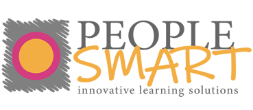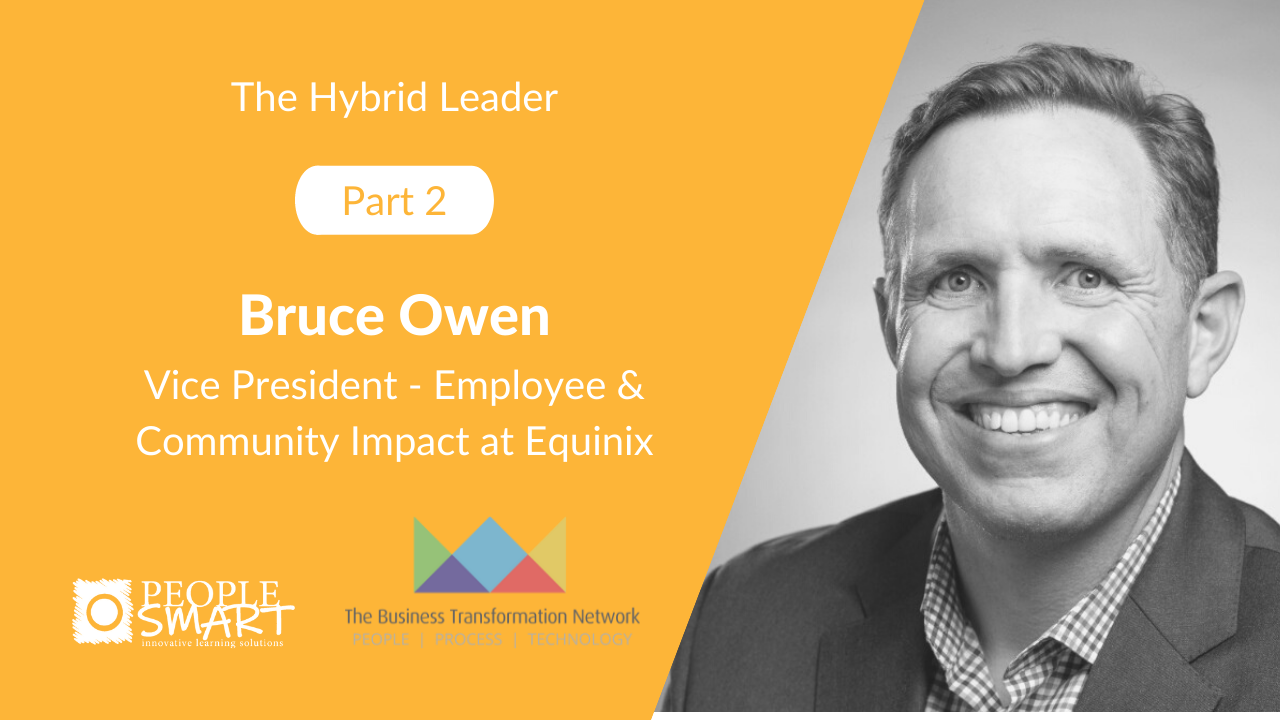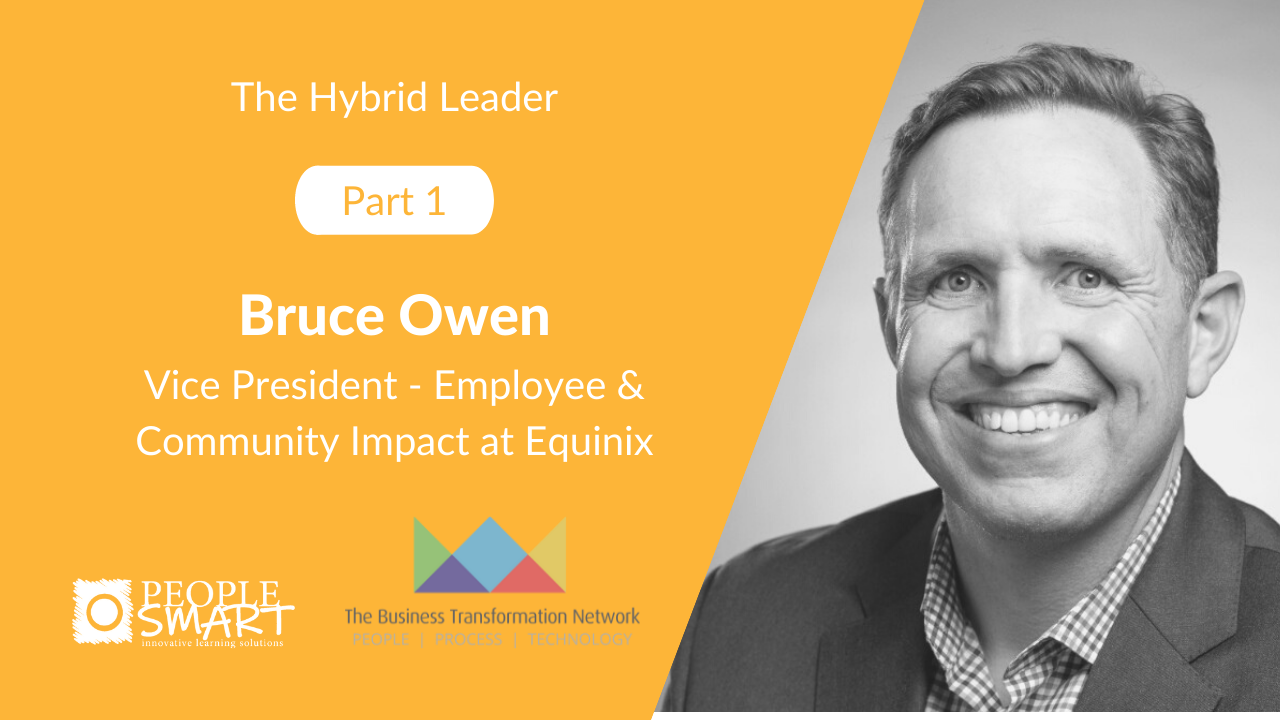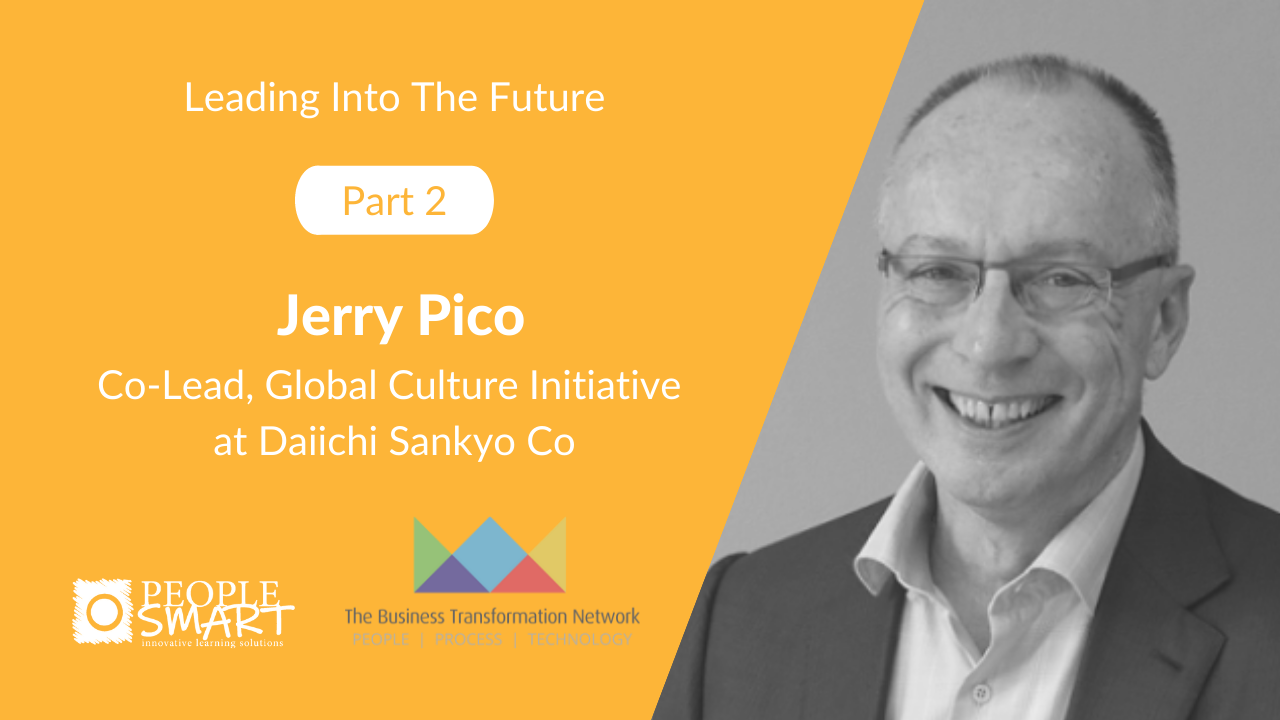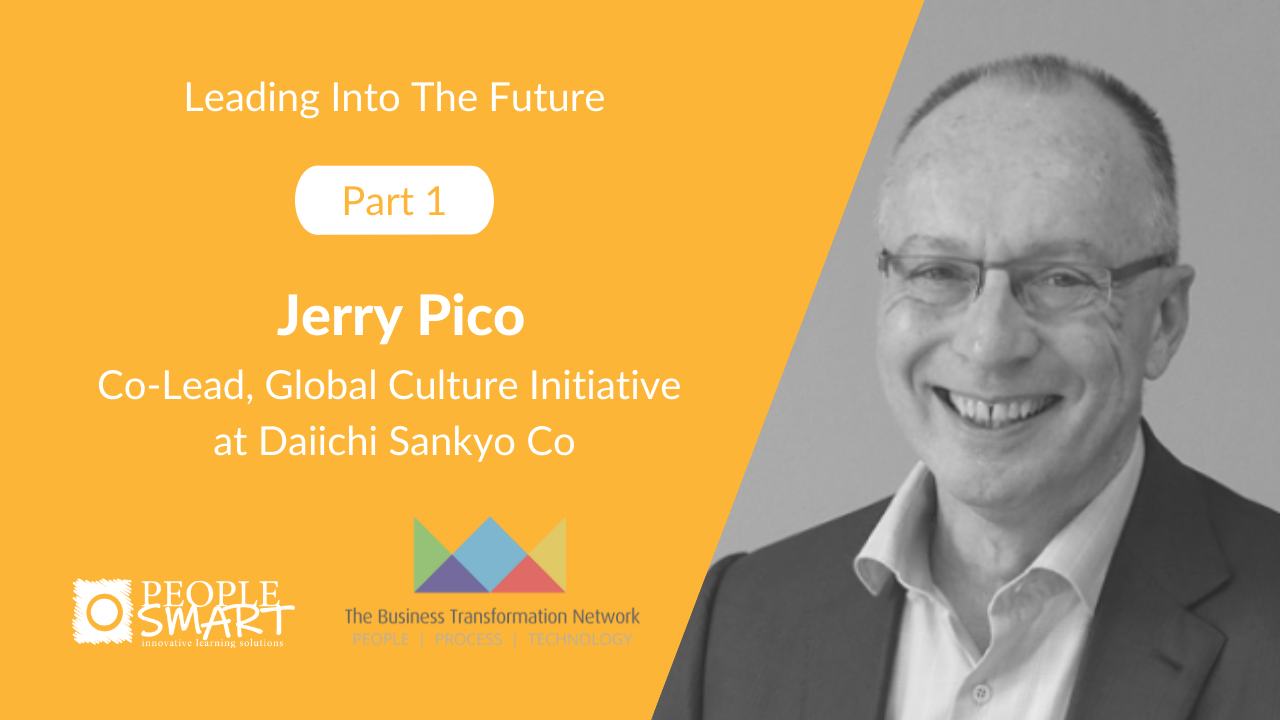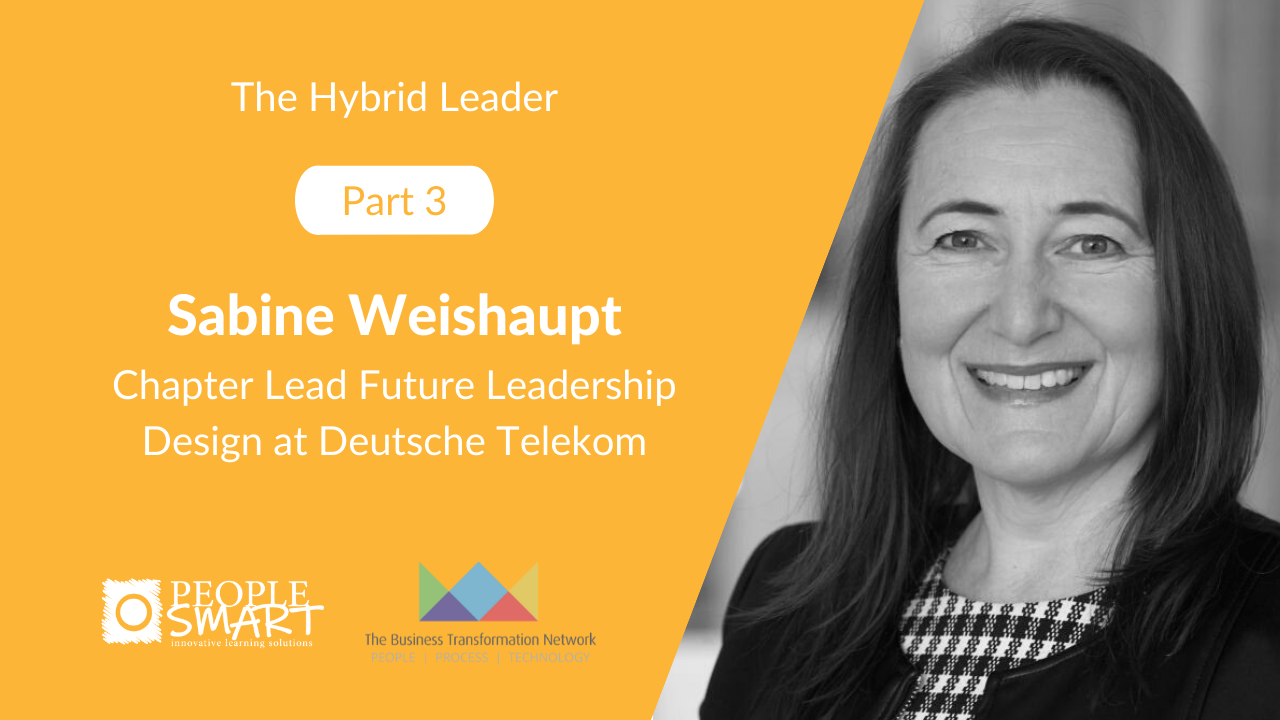Sean begins by answering the question “What do you feel is a business mindset for the coming decade and what facets do you predict will have the biggest influence across businesses?” He believes that one of key skills will be mining data to gain actionable insights with the help of AI and machine learning. In his time at GSK they looked for data in everything and he found this extremely helpful.
Another question is: “How do you think your people will interact with and leverage this revolutionary change?” Sean explains how hard it is to get people to step into the unknown and “break the rules” in service to growth. At GSK he established a Capabilities document that was used to help employees develop the right attitudes and mindset to be positive change agents. Leaders at GSK were asked to spend time coaching staff to develop these capabilities in themselves and this enabled huge leaps forward in the organization.
The key for Sean is “leaning into the art of the possible” and having an open, growth oriented mindset. Experimentation and challenging ‘sacred cows’ is vital to creating a new future for the business. Small test projects were established using ‘calculated risks’ and then scaled up if there was success. Experimentation and failures were subjected to learning reviews. And in this way internal red tape and bureaucracy could be avoided.
